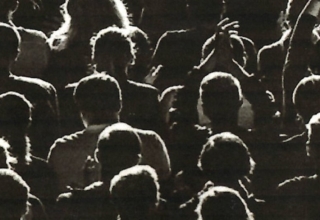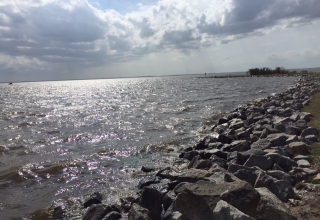
A critical review should be engaged that helps to surface untested and often self-fulfilling assumptions about the world. This is especially important when the world being assessed is filled with misinformation and lies. As we have noted throughout this essay, it is difficult to discern what is valid information and what is invalid. What are the sources of information that we can trust and what is suspect? Triangulation is one of the key tools to engage in this discernment process. Actually, Double Triangulation will often yield the best results. Triangulation is engaged when we look to at least three sources for the information we receive. Where does the information come from and how reliable is each of these sources? When we have only two sources, then we are caught in a dilemma if these sources disagree.
With a third source, we are likely to find some fit between two of the sources. This doesn’t mean that we discount the third, discordant source, for it might yield some important insights regarding the nature of biases that might exist in all three sources. We are best able to identify biases when viewing any phenomenon from multiple perspectives and with differing lens. It is not only that we are likely to see different things from different perspectives but are also like to punctuate what we have observed in different ways (especially if some of the observers are studying the phenomenon over a short period of time while others are observing it over a much longer duration).
We also triangulate when looking to three different methods for the production of information that we receive. Is the incoming information being produced in different ways? Is it based in quantitative research and are those producing these numbers engaging in different modes of research (types of measurements being taken, research design being engaged, breadth and duration of data gathering)? Is a qualitative method appropriate (such as interviews, document review, or direct observations)?
Once again, with information being produced via three or more methods, we will usually find alignment between two of the findings that are being reported. As in the case of multiple sources, the discordant information produced by use of one of the methods can often produce insights regarding how the method being used can influence the information obtained. As noted by Gleick (1987) in his early report on the study of chaos, the method being used and level of detail being engaged by this method will often have a greater influence on the outcome of a research project than the “reality” being studied.
Questions that might be asked to determine the type of information to be collected and the ways this information is to be used:
* What are the most salient facts with regard to the circumstance in which you now find yourself?
* What are the “facts” about which you are most uncertain at the present time? How could you check on the validity of these facts?
* What are alternative ways in which you could interpret the meaning or implications of the facts that you do believe to be valid?
Nature and Causes of The Problem: We can first note that a problem exists when there is a gap between the current state (information) and desired state (intention). Thus, we must first be sure that the information we have obtained in valid and useful, and that the intentions are clear and sufficiently broad (target not just the bullseye).















